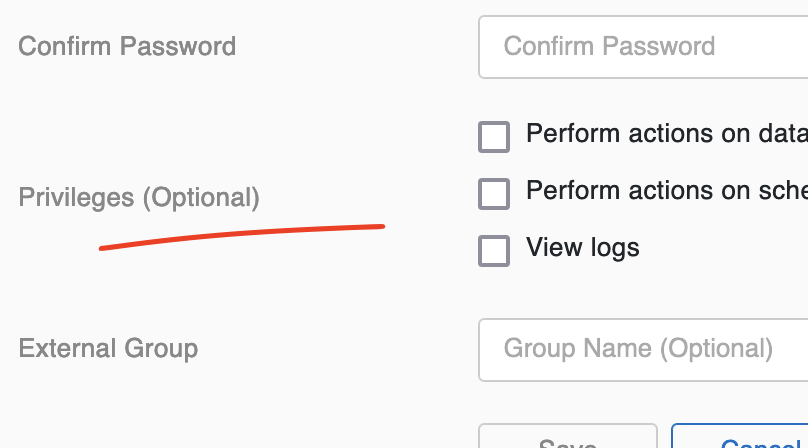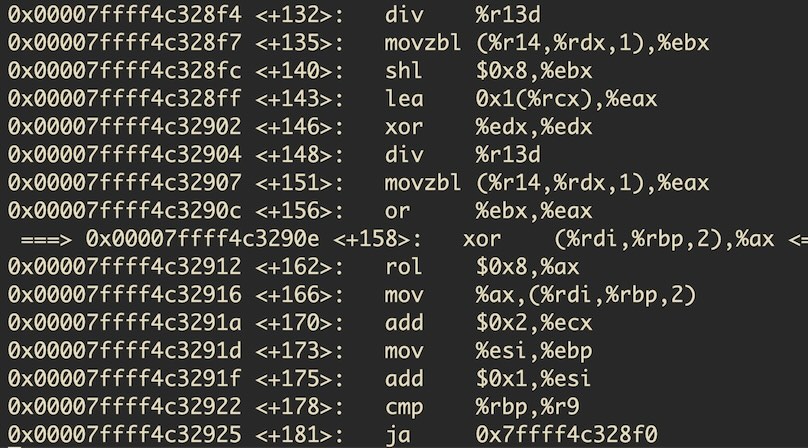LaTeX is the de facto standard typesetting system for scientific writing. A lot of the nice looking equations you see in books and all around the web are written using LaTeX commands. Knowing a few of the mathematics commands is not only helpful if you want to write a book or an article (or do some extreme stuff), but can come in handy in a lot of places, as many systems support LaTeX. You can use LaTeX in MathJax to display expressions on the web (like here), you can make yourself good looking mathematics flashcards in Anki, you can even nerd out and send formulas built with LaTeX commands to your friends via an iMessage app. Also, Apple’s latest Pages release now supports LaTeX equations.
Reasons enough to get familiar with the standard commands!
While a lot of commands can be written out in plain (e.g. 1+1=2), there are other frequently used commands you will need to look up or memorise.
I plan to update this post continuously as I find myself looking for a common symbol I haven’t listed yet. Feel free to drop me an email or comment when you land here and don’t find the answer to a frequently used symbol.
Here is the cheat sheet (naturally incomplete):
Fractions
| Command |
Description |
Output |
| \frac |
Build a fraction like so: \frac{1}{2} |
$$\frac{1}{2}$$ |
| \frac{\frac{}}{} |
You can nest fractions: \frac{\frac{1}{2}}{2} |
$$\frac{\frac{1}{2}}{2}$$ |
Greek letters
(capitalize by capitalizing the command)
| Command |
Description |
Output |
| \alpha |
alpha |
$$\alpha$$ |
| \beta |
beta |
$$\beta$$ |
| \gamma |
gamma |
$$\gamma$$ |
| \delta |
delta |
$$\delta$$ |
| \epsilon |
epsilon |
$$\epsilon$$ |
| \zeta |
zeta |
$$\zeta$$ |
| \eta |
eta |
$$\eta$$ |
| \theta |
theta |
$$\theta$$ |
| \iota |
iota |
$$\iota$$ |
| \kappa |
kappa |
$$\kappa$$ |
| \lambda |
lambda |
$$\lambda$$ |
| \mu |
mu |
$$\mu$$ |
| \nu |
nu |
$$\nu$$ |
| \xi |
xi |
$$\xi$$ |
| o |
omicron |
$$o$$ |
| \pi |
pi |
$$\pi$$ |
| \rho |
rho |
$$\rho$$ |
| \sigma |
sigma |
$$\sigma$$ |
| \tau |
tau |
$$\tau$$ |
| \upsilon |
upsilon |
$$\upsilon$$ |
| \phi |
phi |
$$\phi$$ |
| \chi |
chi |
$$\chi$$ |
| \psi |
psi |
$$\psi$$ |
| \omega |
omega |
$$\omega$$ |
Logic
| Command |
Description |
Output |
| \forall |
For all |
$$\forall$$ |
| \exists |
Exists |
$$\exists$$ |
| \lor |
Or |
$$\lor$$ |
| \land |
And |
$$\land$$ |
| \veebar |
Xor |
$$\veebar$$ |
| \neg |
Not |
$$\neg$$ |
Operators
| Command |
Description |
Output |
| \times |
Times |
$$\times$$ |
| \cdot |
Dot |
$$\cdot$$ |
| \div |
Division |
$$\div$$ |
| \pm |
Plus minus |
$$\pm$$ |
Relation
| Command |
Description |
Output |
| \neq |
Not equal |
$$\neq$$ |
| \approx |
Approximately equal |
$$\approx$$ |
| \leq |
Less than or equal |
$$\leq$$ |
| \geq |
Greater than or equal |
$$\geq$$ |
| \ll |
Much less than |
$$\ll$$ |
| \gg |
Much greater than |
$$\gg$$ |
Sets
(Often you can put an “n” before the command and get the negation)
| Command |
Description |
Output |
| \supset |
Proper superset |
$$\supset$$ |
| \supseteq |
Superset |
$$\supseteq$$ |
| \subset |
Proper Subset |
$$\subset$$ |
| \subseteq |
Subset |
$$\subseteq$$ |
| \in |
Member |
$$\in$$ |
| \emptyset |
Empty set |
$$\emptyset$$ |
| \mathbb{R} |
Set of real numbers |
$$\mathbb{R}$$ |
| \cup |
Set union (belonging to A OR B) |
$$\cup$$ |
| \cap |
Set intersection (belonging to A AND B) |
$$\cap$$ |
Super-/Subscript (Exponents / Indices)
| Command |
Description |
Output |
| ^ |
Use ^ for superscript. Example: x^2 |
$$x^2$$ |
| ^{} |
Use ^{} for exponents with >1 digit. Example: x^{10} |
$$x^{10}$$ |
| _ |
Use _ for subscript. Example: x_0 |
$$x_0$$ |
| _{} |
Use _{} for subscript with >1 digit. Example: x_{10} |
$$x_{10}$$ |
Others
| Command |
Description |
Output |
| \infty |
Infinity |
$$\infty$$ |
| \partial |
Partial |
$$\partial$$ |
| \hat{} |
Estimator |
$$\hat{\theta}$$ |
| \sqrt[root]{} |
Square root |
$$\sqrt[3]{4}$$ |





Like to comment? Feel free to send me an email or reach out on Twitter.
Did this or another article help you? If you like and can afford it, you can buy me a coffee (3 EUR) ☕️ to support me in writing more posts. In case you would like to contribute more or I helped you directly via email or coding/troubleshooting session, you can opt to give a higher amount through the following links or adjust the quantity: 50 EUR, 100 EUR, 500 EUR. All links redirect to Stripe.